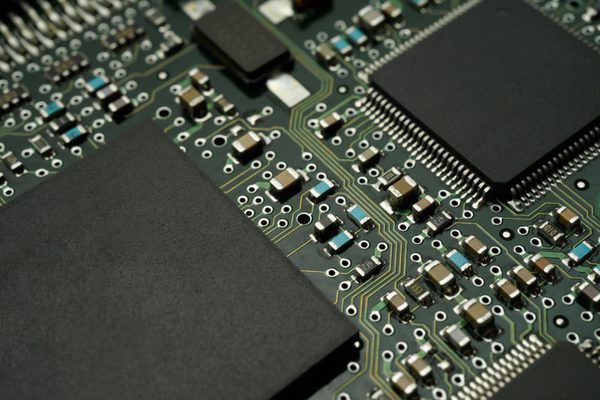
PCB design—particularly designs involving circuits—requires the gathering and analysis of a lot of data. This data might include physical specifications of a material, heat tolerances of circuit boards, or optimal voltages through different types of circuits. Since variations on circuit topology are nearly endless, PCB designers need a way to predict how different circuits will interact with other parts of a PCB board. Data-driven circuit design requires a designer to integrate large amounts of data. This analysis can help the designer avoid costly and time consuming pitfalls.
What Is Data-Driven Circuit Design?
Data-driven circuit design allows designers to simulate complex circuits before building a physical prototype. Simulations can identify problems with circuit designs a designer might otherwise miss, optimizing the production and testing of PCB components. Physical problems are often easy for designers to identify, but data-driven circuit design helps identify runtime problems. The more data is available about components, voltage potentials, and interactions between components, the easier the PCB design process becomes.
Data-driven circuit design makes the data analysis necessary for proper component selection much easier. When data is centralized and easily accessible, determining which components a project requires doesn’t involve a lot of secondary research. Centralized data allows designers to analyze the properties of their prospective components, simulate models containing those components, and pick the best materials for their project.
The supply chain can also benefit from data-driven circuit design. Information about a supplier is crucial to a successful production run. To ensure consistent production quantities, PCB manufacturers must have enough data available to choose reliable suppliers. This may include secondary suppliers for components that are difficult to find. The COVID-19 pandemic has made this facet of design particularly important, since many supply chains have struggled as a result of changes in supplier capacity.
How Can Data-Driven Circuit Design Be Integrated with Artificial Intelligence?
Artificial Intelligence (AI) is quickly becoming an important part of data-driven circuit design. The development and analysis of new circuit models can be expedited with machine learning. Since there is so much data involved in modern circuit design, traditional computation methods cannot always efficiently process all of it. Learning algorithms are ideal for faster processing. Many unique algorithms can be applied to different types of circuits, including heuristics and parametric regression. The simulations created from these AI-driven models align closely with physical models produced in the laboratory. This proves the simulations are trustworthy when attempting new combinations of circuits and their associated materials.
The integration of data-driven circuit design with AI has led to a transformation in computer chip design. This has the potential to influence future AI developments. In recent years, many computer scientists have felt we are approaching the lower limit of computer chip size. However, in the past year, companies have been exploring the use of AI to create even smaller and more efficient computer chips. AI-driven computer chip design has illustrated how computer chips can be designed even smaller. As of this writing, this new type of computer chip is not available commercially, but many semiconductor companies are taking notice of the emerging technology.

What Can Designers Build with Data-Driven Circuit Design?
Data-driven circuit design is applicable to any type of electronics project. Recent worldwide events have brought the concept into greater prominence since traditional supply chains have been disrupted. Massive amounts of data are used to design safety sheathes for batteries, new types of diodes, computer chips, and semiconductors.
Data is particularly important in designing medical devices, whose electronics are delicate and expensive enough where prototypes can be difficult to build. Most electronics manufacturers use some type of data-driven circuit design and it is likely use will only increase. A company’s capacity to use large amounts of data depends on its computer systems and the quality of its data, both of which will continue to improve as technology does.

Ultra Librarian provides data-driven circuit design through integration with verifiable components and design information, helping PCB designers create more reliable electronics. Register today for free!







